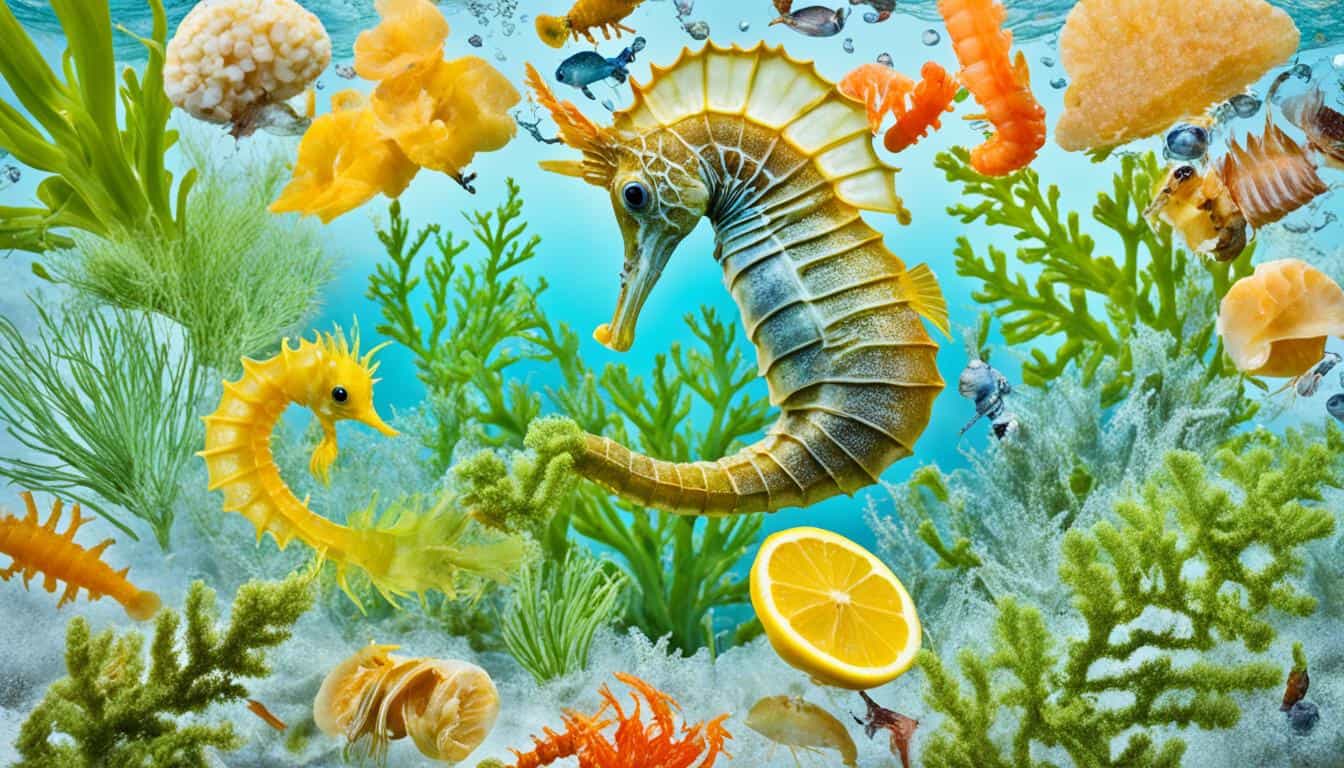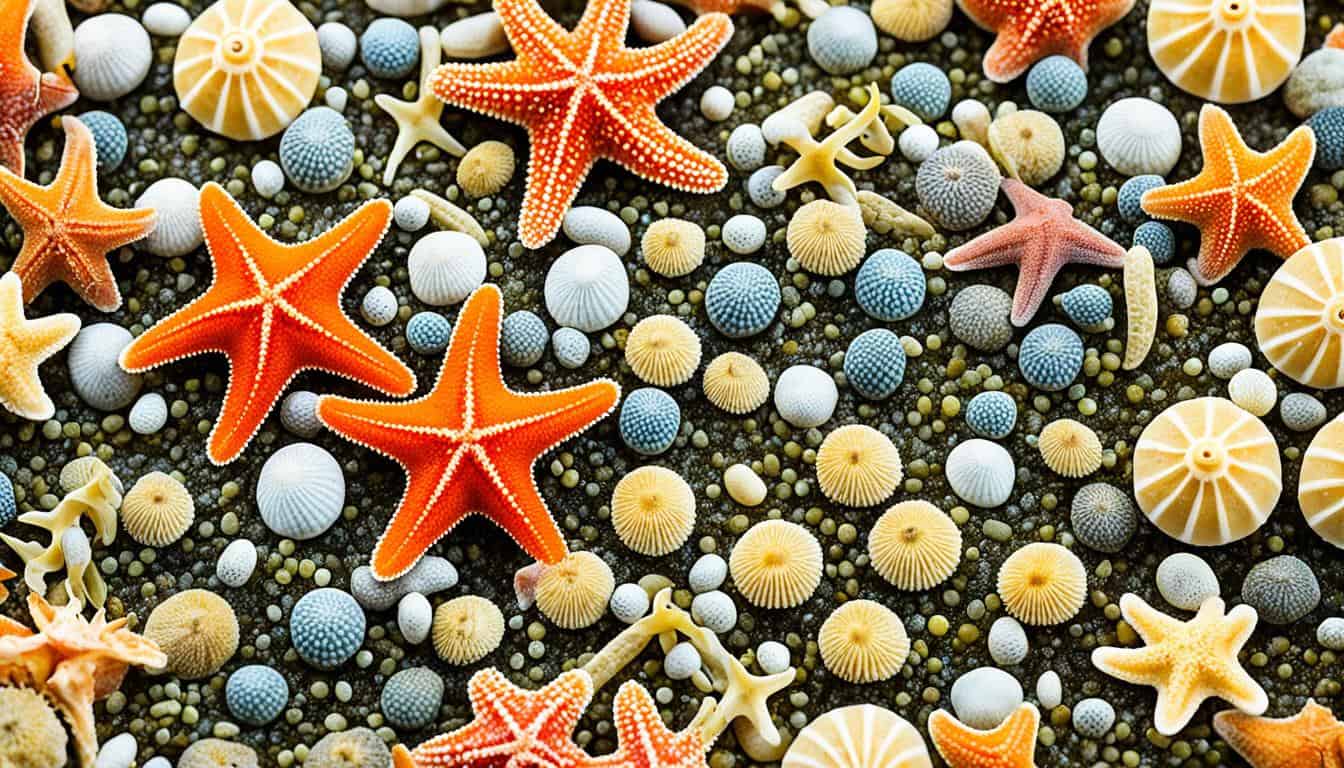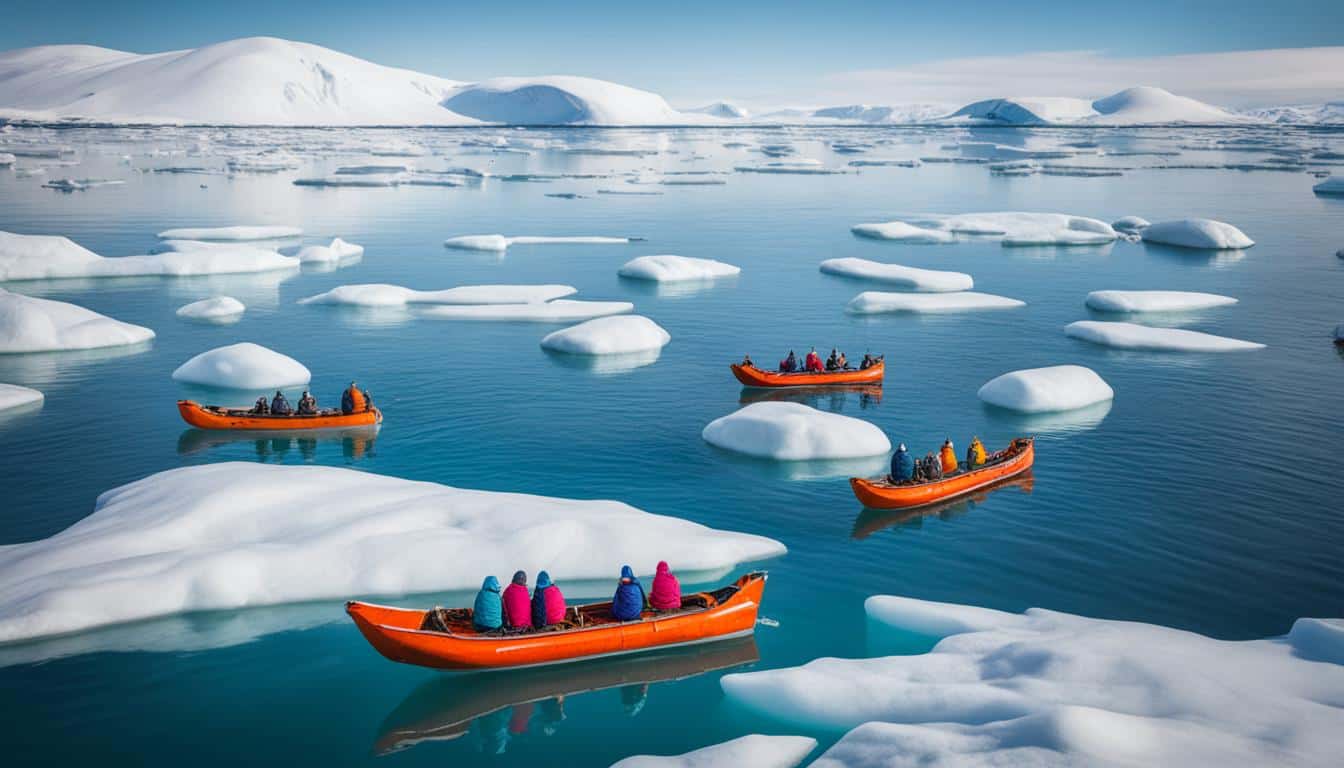Author: WildLifeFAQ (Mark Jess)
-

What is the cultural significance of electric eels?
Ever thought about why electric eels are important in cultures around the world? These creatures have amazed people for hundreds of years. They symbolize power and mystery. Let’s dive into their cultural significance to see how they play a part in myths, folklore, and science. Electric eels are more than just fascinating animals. They show
-

What is the cultural significance of manta rays?
Manta rays are fascinating creatures with deep cultural meaning. They symbolize grace and freedom in the ocean. Their presence in folklore and traditions shows how much communities value them, especially those near the sea. In indigenous cultures, manta rays mean more than just beauty. They represent a respectful bond between humans and nature. Learning about
-

What is the difference between a seal and a sea lion?
Many people often mix up seals and sea lions. But it’s key to know the differences to truly appreciate these amazing marine animals. Both are in the pinniped family, meaning “fin-footed” in Latin. Yet, they have their own special features and ways of living. So, what’s the main difference between a seal and a sea
-

What do seahorses eat?
Seahorses are fascinating marine animals that capture our interest. They belong to the genus Hippocampus and include at least 47 different species. Each species varies in size and where they live. Their diet mainly consists of small crustaceans and invertebrates like amphipods. They use a special snout to eat these foods. Seahorses don’t have teeth
-

What do starfish eat?
Ever wondered what starfish eat? These marine creatures, also known as sea stars, have a unique starfish diet. They live in oceans from the Arctic to the Southern Ocean. Starfish are not fish but are invertebrates, like sea urchins and sand dollars. With over 2,000 species, their diet varies greatly, based on where they live
-

What is the cultural significance of beluga whales?
Beluga whales are known as the “canaries of the sea” because of their unique sounds. But what makes them culturally important? They mean a lot more than just sea creatures to Arctic communities. They connect Indigenous peoples deeply with their surroundings. Beluga whales play a big role in these cultures. They are a key part
